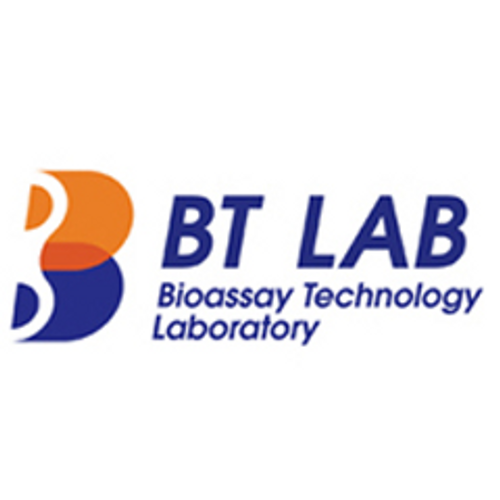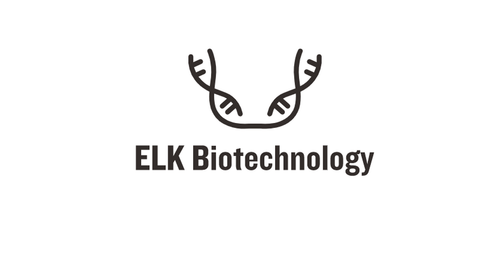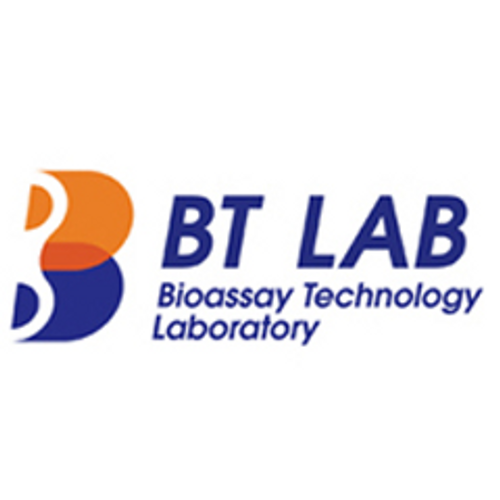Product Description
Human A Disintegrin And Metalloprotease 8 (ADAM8) ELISA Kit | AE23808HU | Abebio
Species Reactivity: Human (Homo sapiens)
Abbreviation: ADAM8
Alternative Name: CD156; MGC134985; MS2; a disintegrin and metalloproteinase domain 8|cell surface antigen MS2|disintegrin and metalloproteinase domain-containing protein 8|human leukocyte differentiation antigen
Application: ELISA
Range: 6.25-400 pg/mL
Sensitivity: 2.37 pg/mL
Intra-Assay: ≤4.1%
Inter-Assay: ≤8.2%
Recovery: 0, 95
Sample Type: Serum, Plasma, Other biological fluids
Detection Method: Sandwich
Analysis Method : Quantitive
Test Principale: This assay employs a two-site sandwich ELISA to quantitate ADAM8 in samples. An antibody specific for ADAM8 has been pre-coated onto a microplate. Standards and samples are pipetted into the wells and anyADAM8 present is bound by the immobilized antibody. After removing any unbound substances, a biotin-conjugated antibody specific for ADAM8 is added to the wells. After washing, Streptavidin conjugated Horseradish Peroxidase (HRP) is added to the wells. Following a wash to remove any unbound avidin-enzyme reagent, a substrate solution is added to the wells and color develops in proportion to the amount of ADAM8 bound in the initial step. The color development is stopped and the intensity of the color is measured.
Product Overview: ADAM8 is expressed in macrophages, granulocytes, monocytes and B cells. It is an osteoclast stimulating factor. ADAM8 may play a role in neuron-glia interactions during neurodegeneration. It may also mediate extravasation of leukocytes either by degrading the vascular basement membrane or by liberating active molecules from their precursors harbored in the cell surface of leukocytes and endothelial cells. Human ADAM8 precursor consists of 824 amino acid (aa) residues consisting of a 16 aa signal peptide, a 637 aa ectodomain including pro-, metalloprotease, disintegrin-like and cysteine-rich regions, a 25 aa transmembrane domain, and a 146 aa cytoplasmic domain) . ADAM8 naturally occurs as both a membrane and a soluble form.
Stability: The stability of ELISA kit is determined by the loss rate of activity. The loss rate of this kit is less than 5% within the expiration date under appropriate storage condition. The loss rate was determined by accelerated thermal degradation test. Keep the kit at 37°C for 4 and 7 days, and compare O.D.values of the kit kept at 37°C with that of at recommended temperature. (referring from China Biological Products Standard, which was calculated by the Arrhenius equation. For ELISA kit, 4 days storage at 37°C can be considered as 6 months at 2 - 8°C, which means 7 days at 37°C equaling 12 months at 2 - 8°C) .
 Euro
Euro
 USD
USD
 British Pound
British Pound
 NULL
NULL












